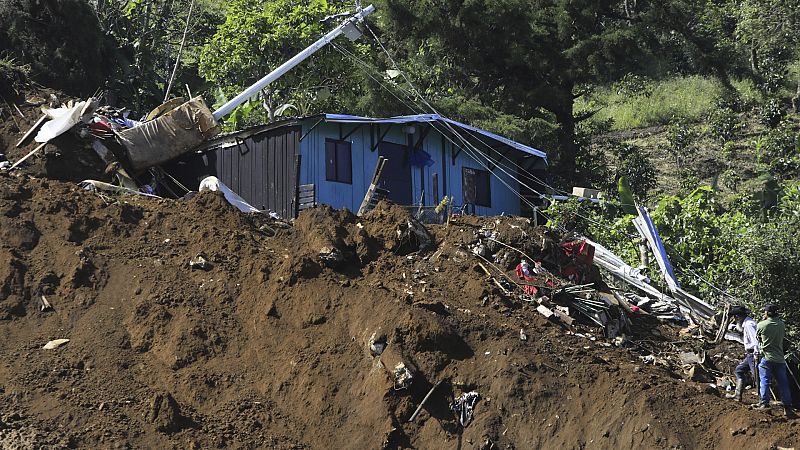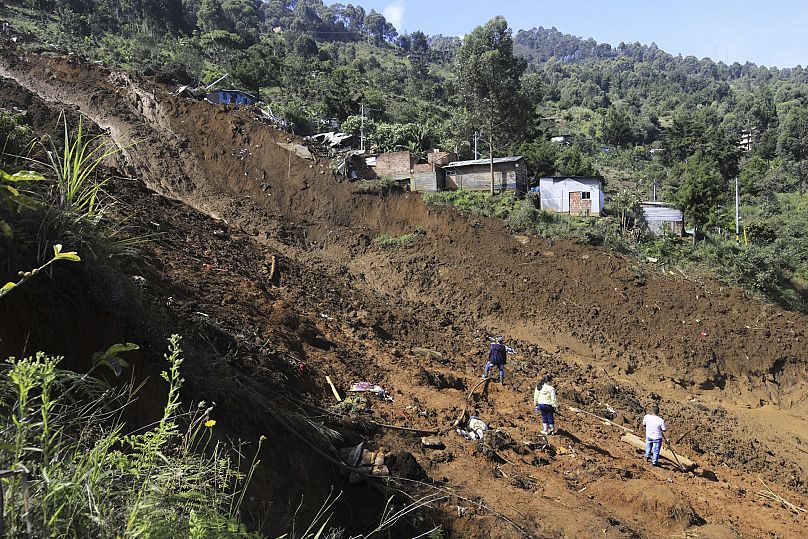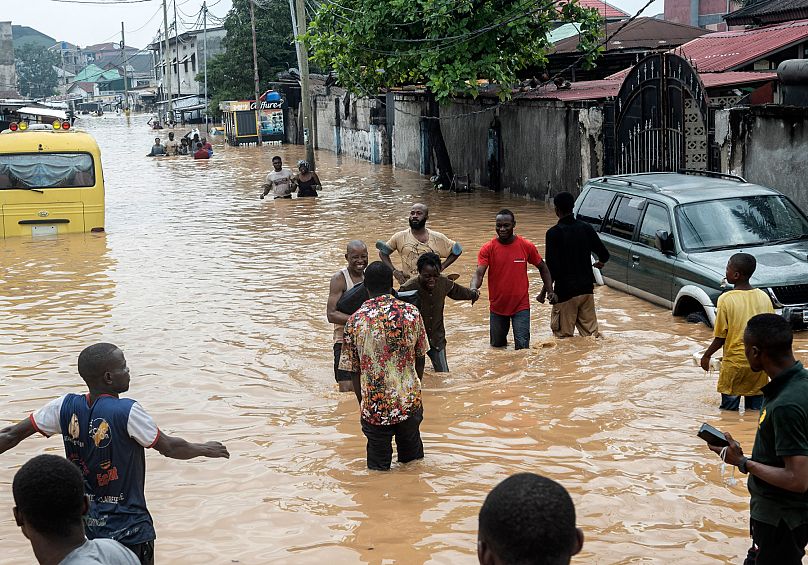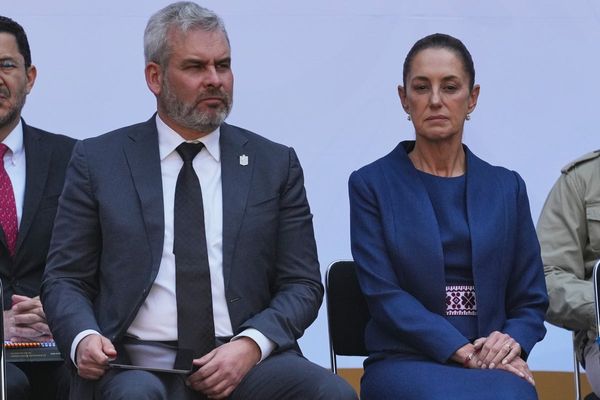
Unclear results from a study into the heavy rain which triggered a deadly landslide in Colombia and floods in Venezuela reflect a ‘scientific injustice’ between rich and poor countries, scientists have warned.
The rapid analysis by World Weather Attribution could not find clear evidence that climate change influenced these downpours. But the researchers highlight that high uncertainties in the results mean the possibility of heavier rain should not be ruled out.
Like many Global South countries, Colombia and Venezuela are highly vulnerable to climate change, but their complex tropical climates are severely under-researched.
“A core aim of World Weather Attribution is to improve understanding of extreme weather in Global South countries,” says Dr Mariam Zachariah, research associate at the Centre for Environmental Policy, Imperial College London.
“Many have tropical climates, which are inherently difficult to study – a combination of mountains, coasts, rainforests and complex weather systems means rainfall is varied, intense and challenging to capture in climate models.
“Unfortunately, many countries with tropical climates have limited capacity to do climate science, meaning we don’t have a good understanding of how they are being affected by climate change.”
Did climate change make heavy rainfall worse in Colombia and Venezuela?
In late June, intense rainfall swept across Colombia and Venezuela, causing widespread flooding and deadly landslides. Near Medellín in Colombia, a landslide buried homes and killed 27 people. In Venezuela, overflowing rivers ruined homes, wiped out crops and displaced thousands of people.
To try and work out the role climate change played in this heavy rain, scientists looked at rainfall over two regions: the Colombian Andes and the Venezuelan Llanos.
Historical data showed that neither event was particularly rare. In today’s climate with 1.3°C of warming, the three months of rainfall in Colombia can be expected every ten years on average, while in Venezuela, similar five-day spells of heavy rain can be expected every three years.
The study also found a drying trend with seasonal rainfall in Colombia, now 12 per cent less likely and less intense, while the chance of heavy rainfall over Venezuela was 9 per cent lower. Climate models also showed a drying trend in Colombia, but that was less clear in Venezuela.

There were high uncertainties in the global data sets and models that the researchers looked at.
Both Colombia and Venezuela have complex tropical climates, and they say the possibility of heavier rain shouldn’t be ruled out. The Intergovernmental Panel on Climate Change projects a range of changes in rainfall in the region - but that prediction also has low confidence.
Why are weather attribution studies in the Global South often inconclusive?
World Weather Attribution says high uncertainty is typical in rainfall studies of Global South countries.
Dr Zachariah points to another recent study on deadly floods in the Democratic Republic of Congo earlier this year, which also returned inconclusive results. The DRC is a developing country with a tropical climate.
Historically, climate science has focused on wealthier countries, making data sets and models less accurate for places like these.
Latin America is one of the most understudied regions in the world – this analysis is the first attribution study on a weather event in Venezuela and just the third for Colombia.

“Yet again, we’ve studied an extreme rainfall event in a Global South country and come up with unclear results,” explains Dr Joyce Kimutai, research associate at the Centre for Environmental Policy, Imperial College London. “This is a scientific injustice.”
Dr Kimutai emphasises that rich countries, which have contributed the most to global warming, are able to invest in research to understand how they will be affected by changing weather extremes. Poor countries, which have contributed the least but are the most vulnerable, have limited funds for climate research.
“This reduces their ability to understand what the future might bring and how they should prepare.”
She adds that Latin America, the Caribbean and Africa need more extreme weather attribution studies. But the global data sets and climate models they use for these studies often perform poorly in these regions.
“Investing in weather stations and climate science will help. That money really should come from rich countries.”
‘More science will save lives’
While landslides and flash floods are common in both countries, the expansion of informal communities on hillsides is increasing the risk of disaster, the study highlights.
And, while the landslide in Colombia was not extreme by historical standards, it still led to a significant loss of life. Researchers say many people living in these areas have been displaced by past disasters or conflicts and are moving closer to cities to search for better job opportunities.
The experts add that adaptation efforts such as early warning systems and forest conservation can be cost-effective ways to reduce risks.
“Extreme weather is non-stop in Colombia and Venezuela. One year we face devastating flash floods; the next, severe droughts and wildfires,” says Professor Paola A. Arias, Professor at the Universidad of Antioquia in Colombia.
“It doesn’t take much for a weather event to become a disaster because many people are already vulnerable. The late June downpours weren’t especially unusual, however, they still triggered a landslide that killed 27 people.”
Professor Arias adds that, while it's unclear if climate change increased rainfall in this case, it's almost certainly increasing the risk of drought, heatwaves and wildfires in both countries.
“We urgently need more investment in climate science to understand shifting risks and prepare for what’s ahead. More science will save lives.”







